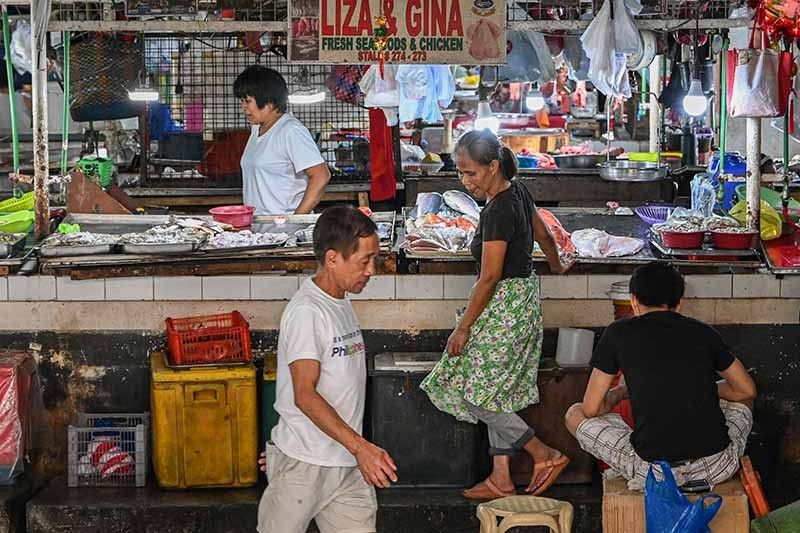DOH: Philippines keeps low COVID-19 risk despite rise in cases

MANILA, Philippines — The Department of Health (DOH) reported on Tuesday a slight increase in COVID-19 cases, but stressed that all regions in the country remained at low risk for transmission.
While an uptick was observed, it was smaller than previous increases, and travel restrictions are not warranted, the DOH said.
According to the agency, 877 new infections were reported from May 7 to 13, with an average of 125 cases logged per day.
Five deaths were recorded, all of which happened from April 30 to May 13.
Data from the department showed that hospital occupancy for COVID-19 patients remained low. Only 11% of 1,117 intensive care unit (ICU) beds and 13% of 9,571 non-ICU beds dedicated to COVID-19 patients were occupied.
Only 116 severe and critical cases were admitted to various hospitals across the country.
The DOH reminded doctors to accurately and immediately report COVID-19 cases, whether determined by polymerase chain reaction (PCR) or rapid antigen test, to “help guide public health decision-making.”
Monitoring variants
The health department said it closely monitors new COVID-19 variants alongside global trends. Singapore is facing a new COVID-19 wave with infections rising over the past two weeks.
According to the latest World Health Organization (WHO) COVID-19 epidemiological update, there are three new variants under monitoring: JN.1.18, KP.2 and KP.3—all descendants of variant of interest JN.1.
KP.2 and KP.3 are nicknamed “FLiRT” due to specific changes in the virus’ spike protein. WHO observed that “there are currently no reported laboratory or epidemiological reports indicating any association between VOIs/VUMs and increased disease severity.”
The DOH said this means “that there is no evidence now that the KP.2 and KP.3 variants are causing severe to critical COVID-19, both locally and internationally.”
It noted that further assessment is needed to determine transmissibility and capacity to evade immune response.
“Good respiratory hygiene (covering coughs), washing hands, choosing less crowds, and ensuring good airflow and ventilation are tried and tested ways to prevent influenza-like diseases including COVID-19,” the agency said.
“It is also best for those who feel ill to stay at home for the meantime, or to properly wear a mask should there be a need to go out,” it added.
- Latest
- Trending





























